
The first Italian English digital Daily Newspaper in the US
“side walk 6 ‘Apart in NYC”: an exhibition on pandemic loneliness
Photographer Renate Aller presents her photos of fear and isolation at the New York Historical Society Museum & Library
by Maria Sole Angeletti (rough translation from Italian below)
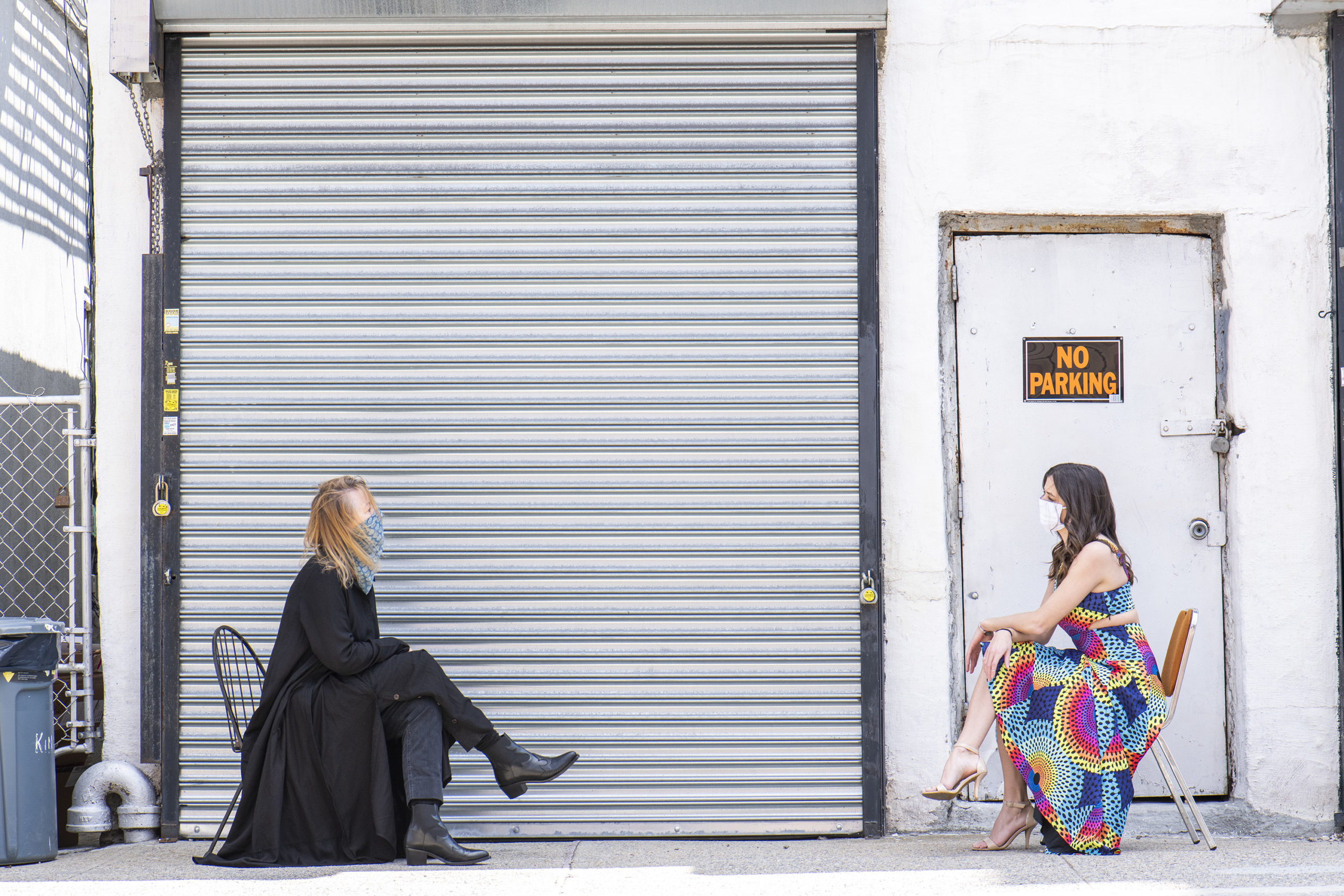
In April 2020, when New York was in isolation and was the epicenter of the pandemic, photographer Renate Aller decided to document what it means to be two meters away from other people. So she invited friends, one at a time, to the sidewalk in front of her house in the SoHo neighborhood, or she was invited to the place where friends lived, for an unusual photo shoot.
She placed two chairs in the correct distance. On the opposite side of the road, she placed the camera on a tripod, with the timer set for nine shots, three seconds apart, then ran across the street and entered the photos sitting in front of the subject. Sometimes they looked at the lens, other times observed each other, still in other images they danced or played, but there were two rules to be respected: a mask on the face and no contact.
From here, “side walk 6 ′ Apart in New York City”, the exhibition curated by Marilyn Satin Kushner which can be visited at the New York Historical Society Museum & Library until August 7, 2022.
Born in Germany, Renate Aller lives and works in New York. Her works, appreciated by many, are part of several museum collections, including the National Gallery of Art, Washington, DC; Yale University Art Gallery, Musée des beaux-arts Le Locle, Parrish Art Museum, Watermill, NY.
A series of prints from the project, “side walk”, have been added to the permanent collection of the New York Historical Society Museum & Library, testifying to the effects of Covid-19 on New Yorkers and the artistic responses to the pandemic. The photo book, side walk 6 ′ apart in New York City, published by Kehrer Verlag, with essays by Marilyn Kushner and Lara Pan, is available to visitors to the exhibition and can be purchased from the NY History Store.
Renate Aller never touched the subjects of her shots, yet together they have created a landscape of strong emotional impact. The photos capture a unique, world-wide historical moment in which fear and anxiety clashed with the unstoppable impulse of connection.
And her photographing, in that rapid, lightning-fast organization of reality, obeyed in that moment, neither before nor after, by instant magnetism, to her feeling, her will and – in definitive – to her style. And when Renate Aller tells us through photographs what her time was, the moment we observe them it becomes our time, in a sort of feeling of commonality.
How did the idea come about?
“As a reaction to the pandemic loneliness. With “side walk” – it was my choice to change the noun sidewalk into a verb “side walk” – I wanted to create a deep sense of community, despite the separation we were forced to live through. On Thursday March 12, 2020, my husband and I, Hugh, began a semi-quarantine at our home. On March 20, 2020, Governor Andrew Cuomo ordered the closure of all non-essential businesses in New York due to Covid-19.
The streets of the city, once so electric and full of people, had became completely silent except for the piercing sound of ambulance sirens as patients, sick with the virus, were rushed to hospitals. People were afraid to venture out. The thriving businesses had closed and everyone stayed home in their solitude. Zoom meetings were the only way to meet. At first it was comforting to be able to see loved ones and friends. But that digital “space” wasn’t enough. Human contact becomes sterile when the encounter is on a screen. And so I started inviting my close friends to the sidewalk in front of my loft. It was the first “live” contact we had in weeks. Being together in a physical space with other people is more reassuring than a digital space ”.
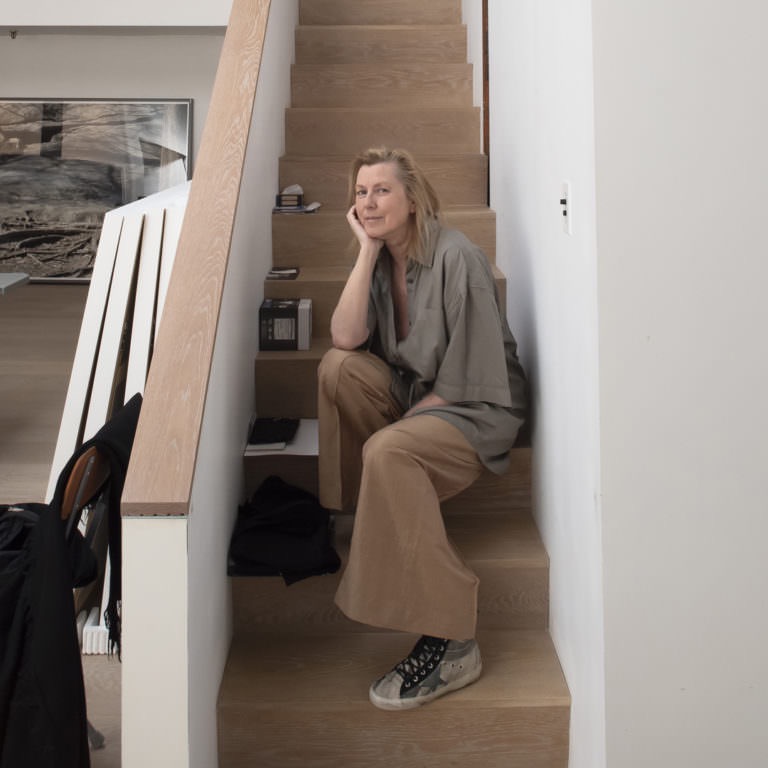
And so she created an emotional landscape. An artistic reaction to loneliness?
“Yes, I felt the need to create memories that would stop the time of that strange world, suddenly slowing down. History was changing rapidly. It was how I created that connection that we all needed ”.
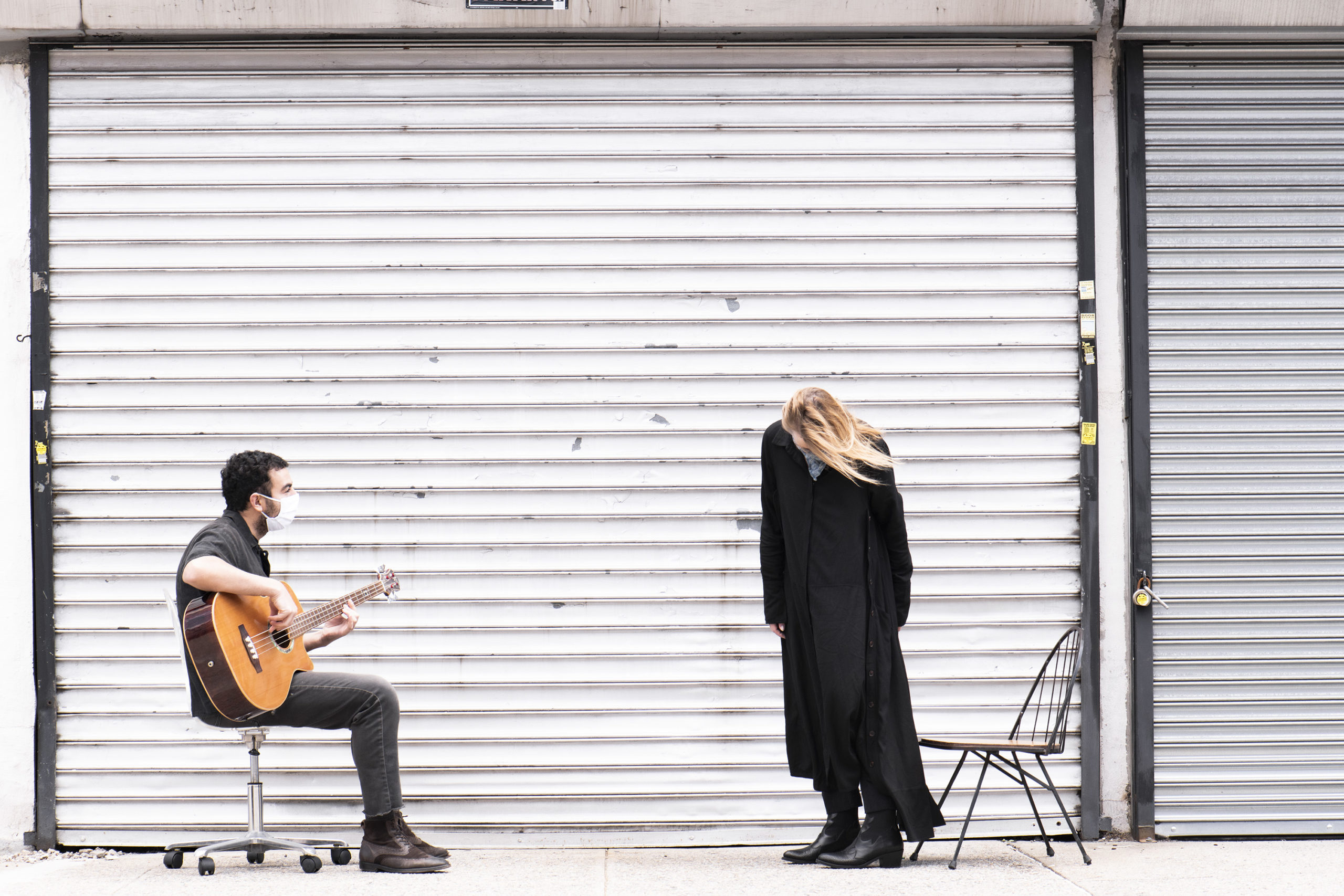
The six feet away, despite the silent interaction, communicate a space full of humanity. What was the most emotionally challenging shot?
“The one with Dan Frieber (from which the cover of the book was born). He surprised me while he was playing a piece of music composed for me on the guitar. I cried and hid the tears behind my hair. The crying was the hug that I wanted to give him, but that I couldn’t, while the music filled the empty space between us. He managed to touch me without touching me “.
And the most tender meeting?
“With my friend Jil Weinstock. She is the person who has struck me most, so much so that I am in awe of her and her big heart. Jil had welcomed the two neighbors’ children – both of doctors who worked on the front line in those days – into her home to keep them safe. She took care of them and her family, cooked and made sure everyone was fed (she put a hot meal in front of the door for the doctors to find when they got home after the long shifts at the clinic) and also found time for her job as a director and curator of the Childrens Museum of Art but, late at night, she ran away to her studio to unleash her artistic talent. She is a beautiful and tender soul “.
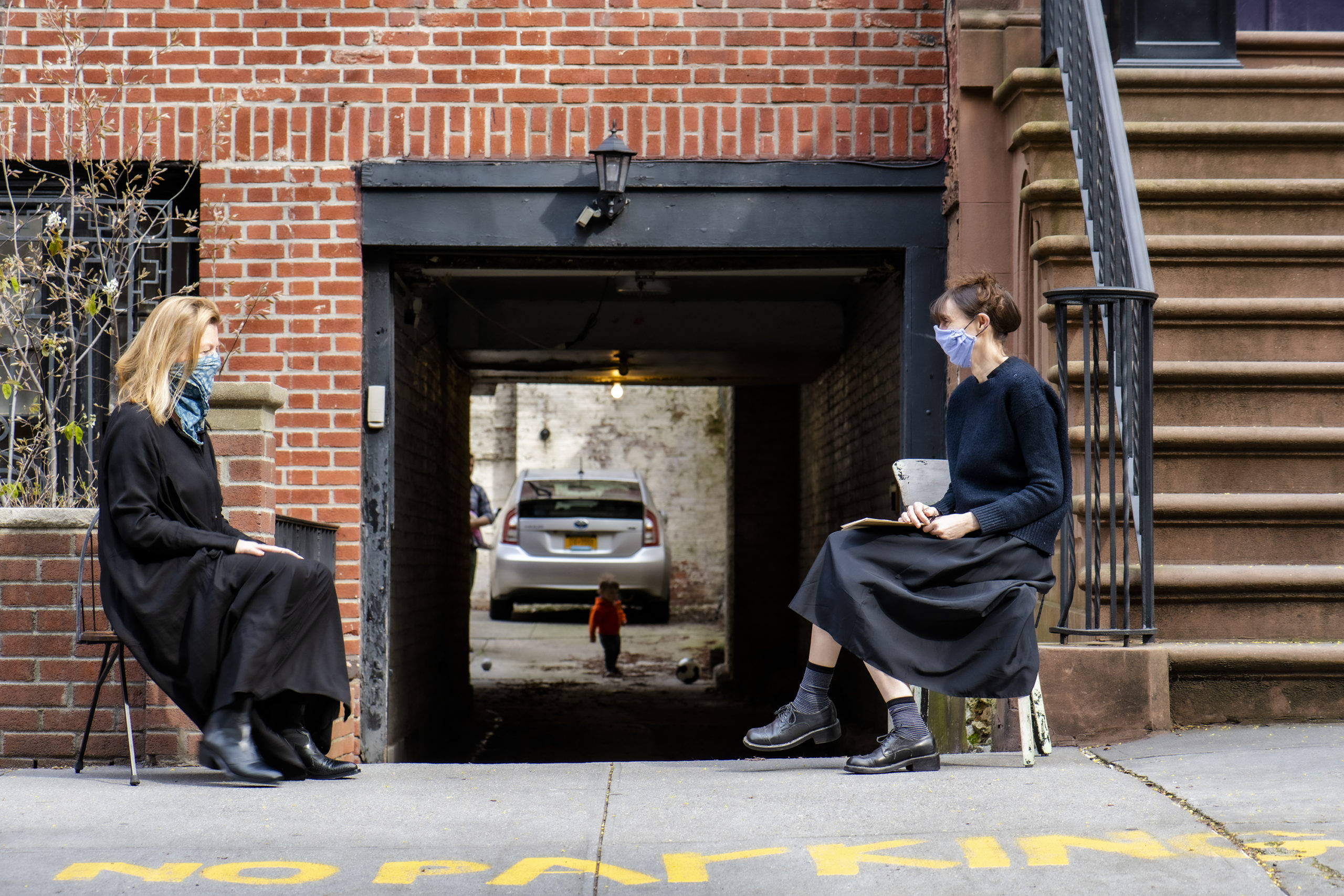
Does photography bring light and allows you to drop an anchor into the present where you are overwhelmed by a difficult emotional landscape?
“Yes. Photography connects. And it surprised me how it succeeded in this arduous task during the pandemic. I invited one person a day because each visit was precious, and I didn’t want time to be limited by waiting for another photo shoot. Those encounters, albeit distant and with the mask, were an anchor, which helped me find orientation in the instability of that time. We all needed to understand what was happening. With photography I tried to “fix” those human connections ”.
The value of others. The value of being with others. Her photos are a proclamation of this truth.
“In the most intense period of the pandemic, I had the opportunity to take refuge in a second home, outside the city, completely isolated, where the only company allowed is the sound of the sea. I could not last more than one night. At dawn, the day following the day I arrived, I realized I wanted to go home.
And I was not the only one. As with my family, we realized that we felt the need to be in the place where we spend our existence every day. When I was not allowed to be with other people, I was comforted by the thought of being able to look out the windows and peek into those of the neighbors.
Behind those blinds there were human beings with whom I shared, on some level, the same experience. It was consoling. As were the appointments with the neighbors on the sidewalk. The encounter with the other generated warmth. Being in company is something more than not being alone “.
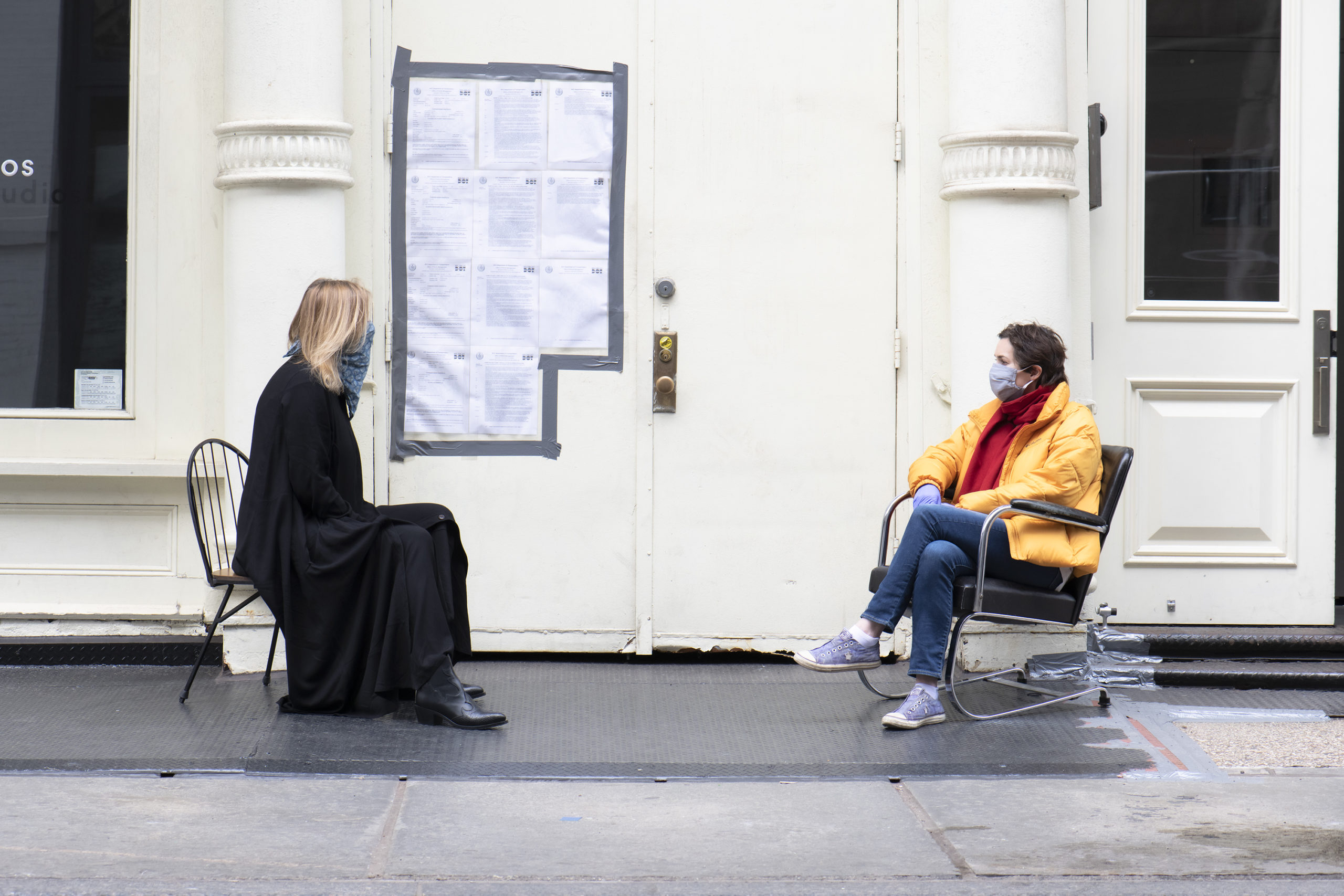
And did you immediately think about sharing the photos?
“No. The goal was to create only a universally shared experience “.
What unites and what differentiates the photos you took immediately after the attack of 11 September 2001 with these of the pandemic?
“My camera has always reacted to the singularity of the physical, cultural and sociological conditions of the places that are victims of these dramatic events. With the 9/11 attack, the monumentality of the city was attacked and I aimed my camera at private spaces. I documented more internally since the drama was external. People were afraid to stay outside, the opposite happened in a pandemic, they were afraid to stay inside. What unites the shots of these two historical periods is fear. A painful fear. “
If today you were to take the shots again, in the same places, but without the distance, how do you imagine them?
“In part it has already happened. On the day of the exhibition opening, I created a similar photographic set. Sitting on one of the two chairs, this time, spaced in front of the prints of the exhibition, I recalled the experience of the photos together with the visitors and the photographic subjects themselves. From time to time strong connections have arisen from sharing the stories. Again, an unexpected common feeling that took us beyond the mere exhibition. After all, the physical distance is the same as the emotional one. If, on the other hand, I had to repeat the shots in the same places, I would add a table to have dinner together “.
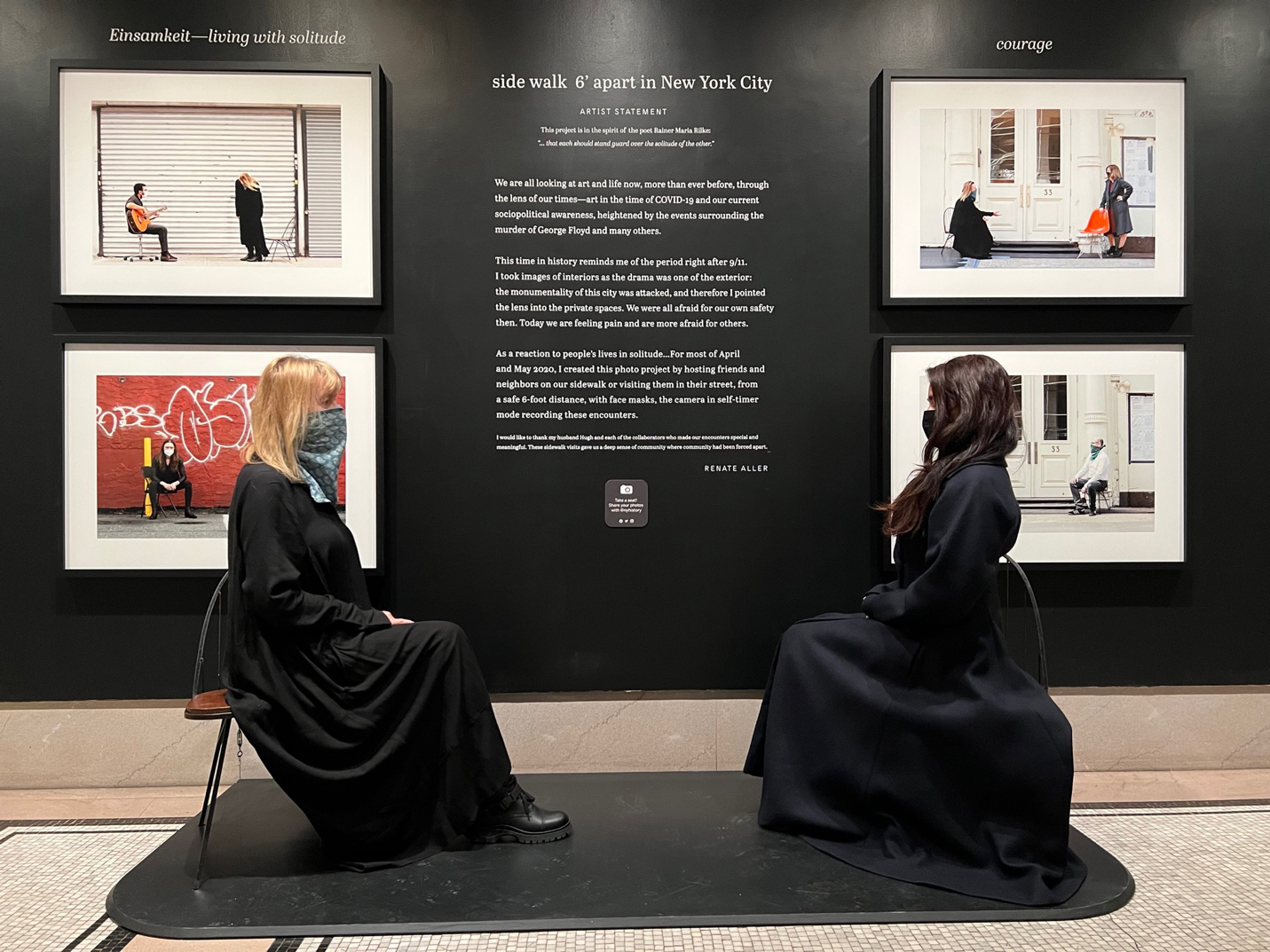
Why do you always wear the same black dress?
“My large and fluid black dress is like a placeholder that contextualizes the body of the other.”
“I didn’t want to stop time as such, but I wanted to capture a moment in time. I stare at these precious moments, while time continues to flow “.
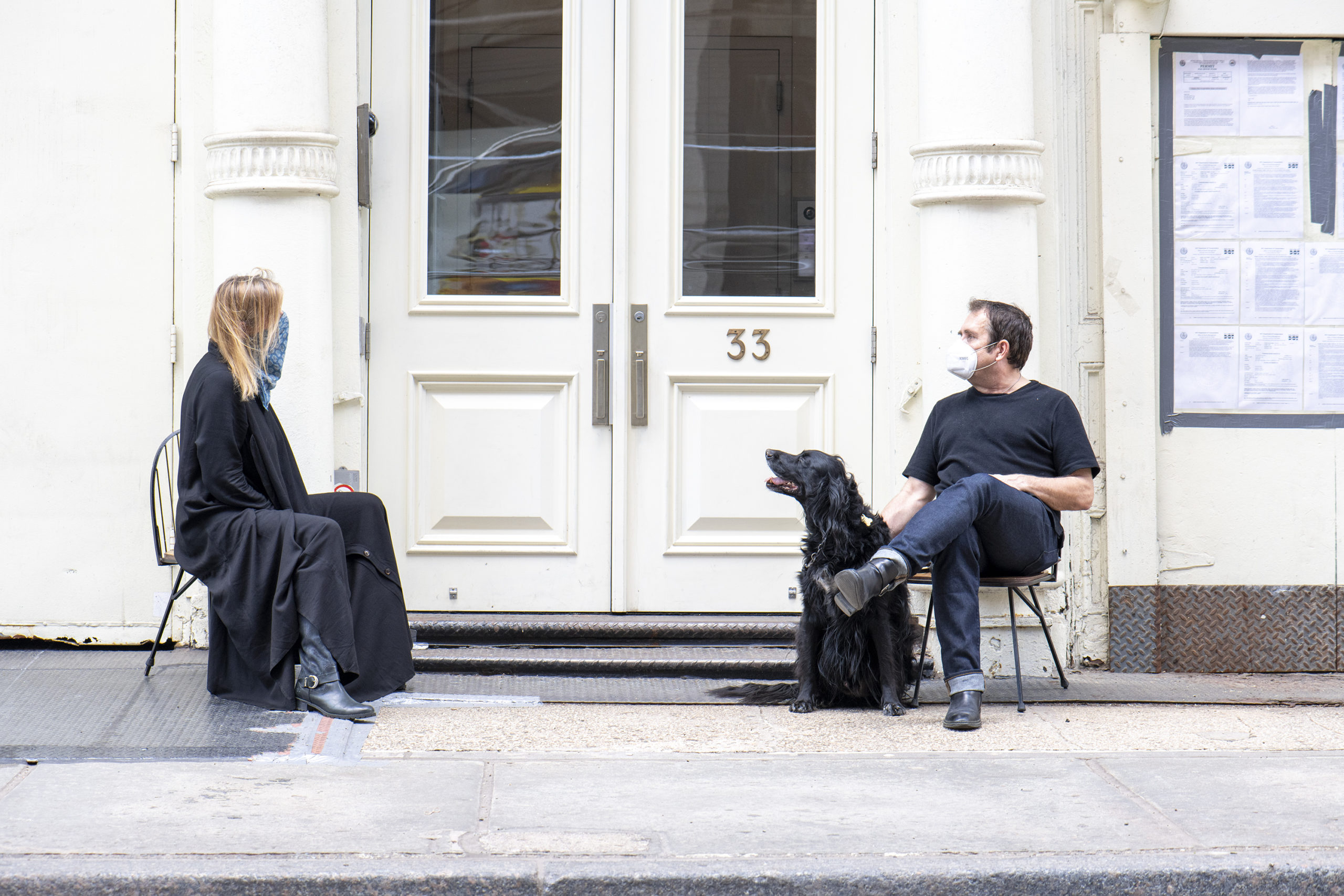
You choose the device to record with, just as you choose the distances and the subjects, but basically don’t you think that it is photography that chooses its protagonists and instead you are under the illusion of the contrary?
“Exactly. I decided on the camera with which to shoot, the position of the tripod, the lens I usually use for portraits, the 20 × 30 inch size of the final printed images in the Museum exhibition (as it is a perfect scale for emphasizing the eye’s expressions). But despite all this care, serendipity is always involved in creating a photo. And every time I get excited and I am grateful for the power of photography. For this project even more because it reminds me that I am alive. And I’m happy”.
The exhibition is a favorable opportunity to exercise the attention of the gaze. What is the best way to read these photos?
“It is enough to know how to capture loneliness together with the sense of community”.
And what happens?
“It heals and everything turns into a nostalgic memory”.
What is the word you would like to whisper in the ears of all visitors to your exhibition?
“I make Rainer Maria Rilke whisper:“ Be the guardian of the solitude of others ””.
About Maria Sole:
Among the law books she understood that words are her true passion. She deals with New York, culture and does interviews. Content creator, social media director and podcaster.